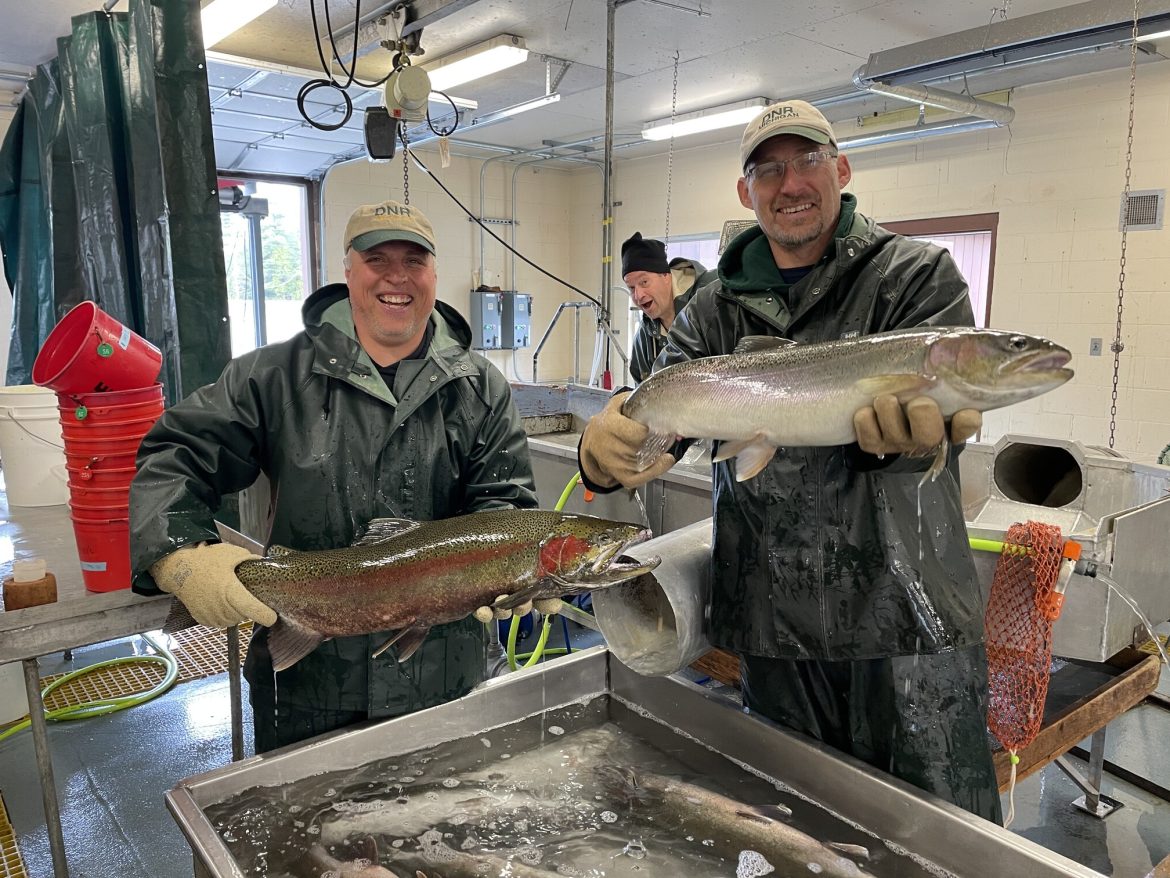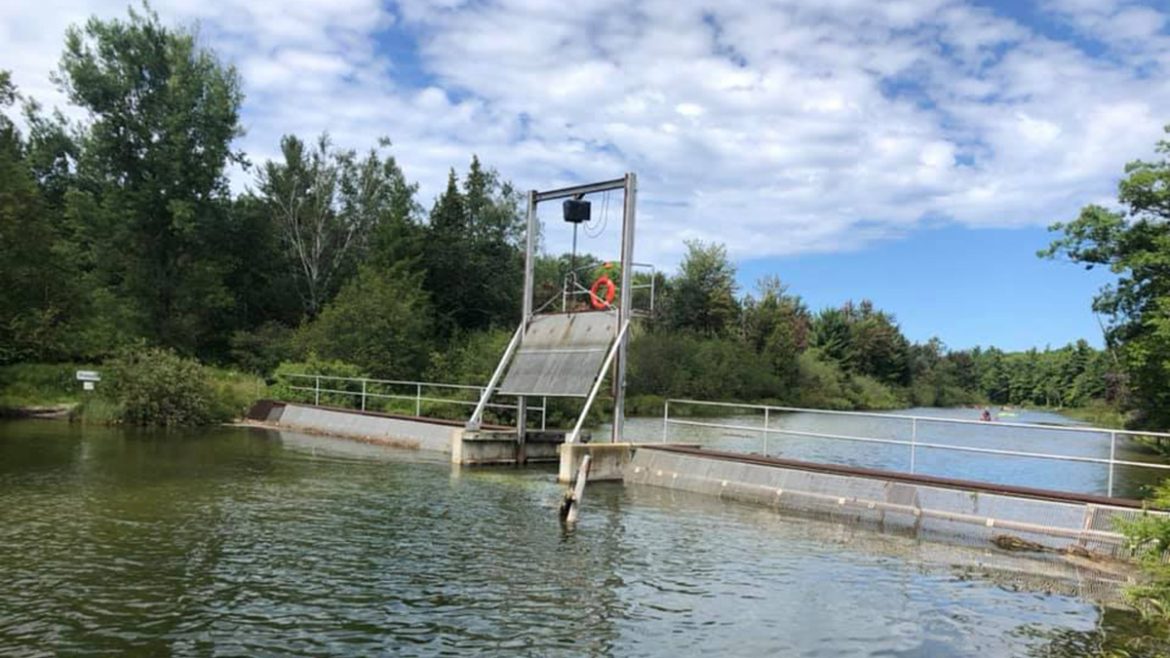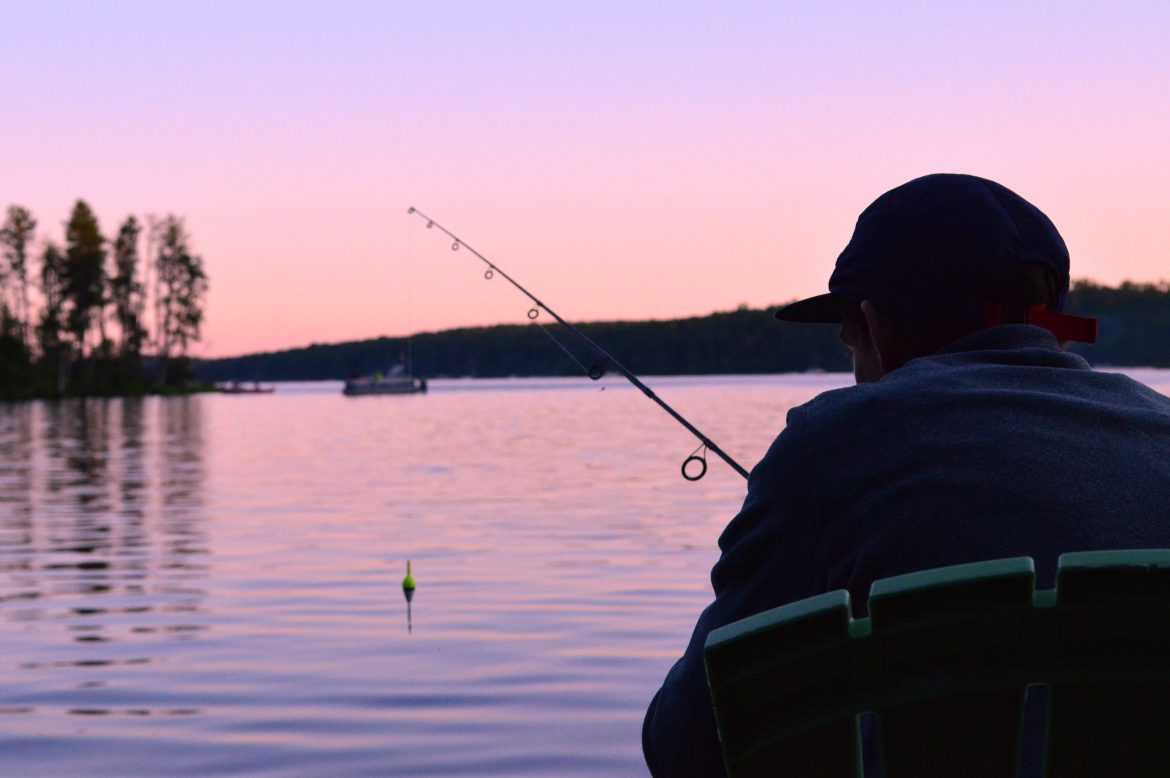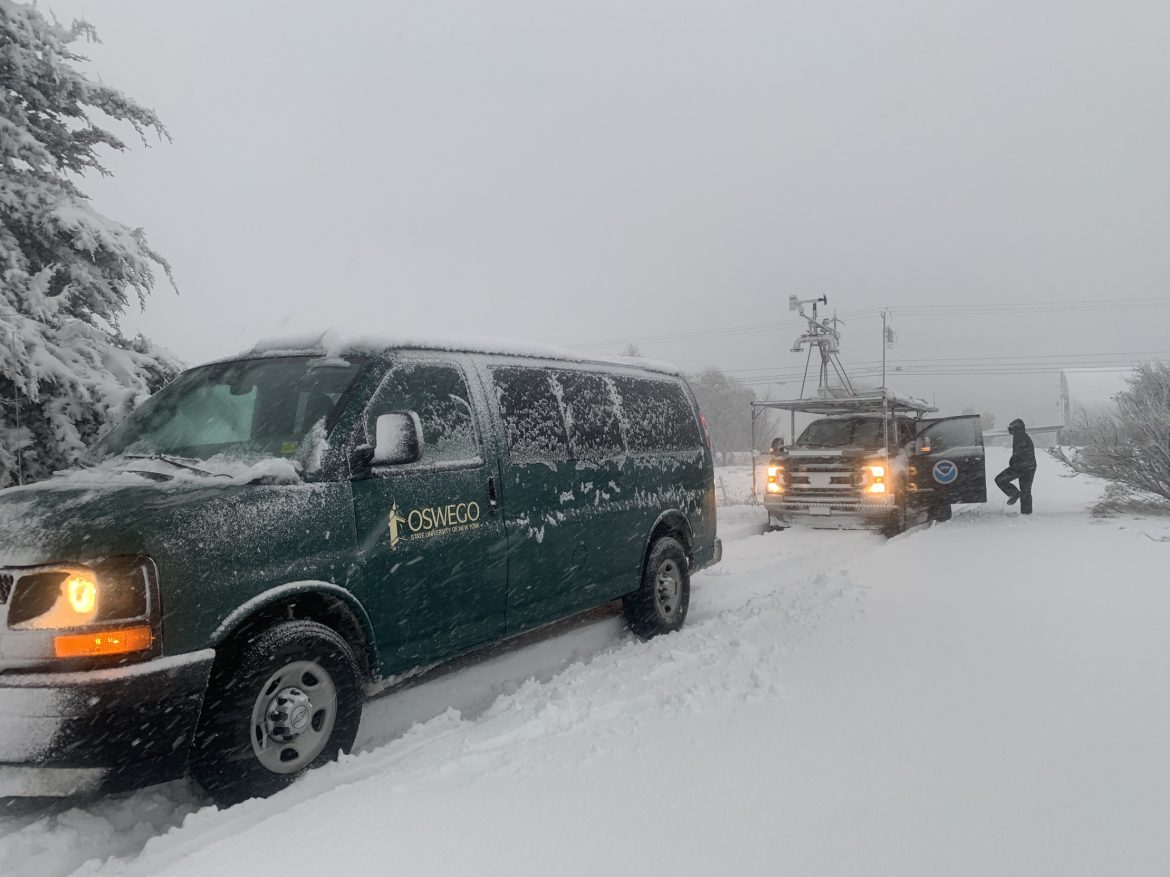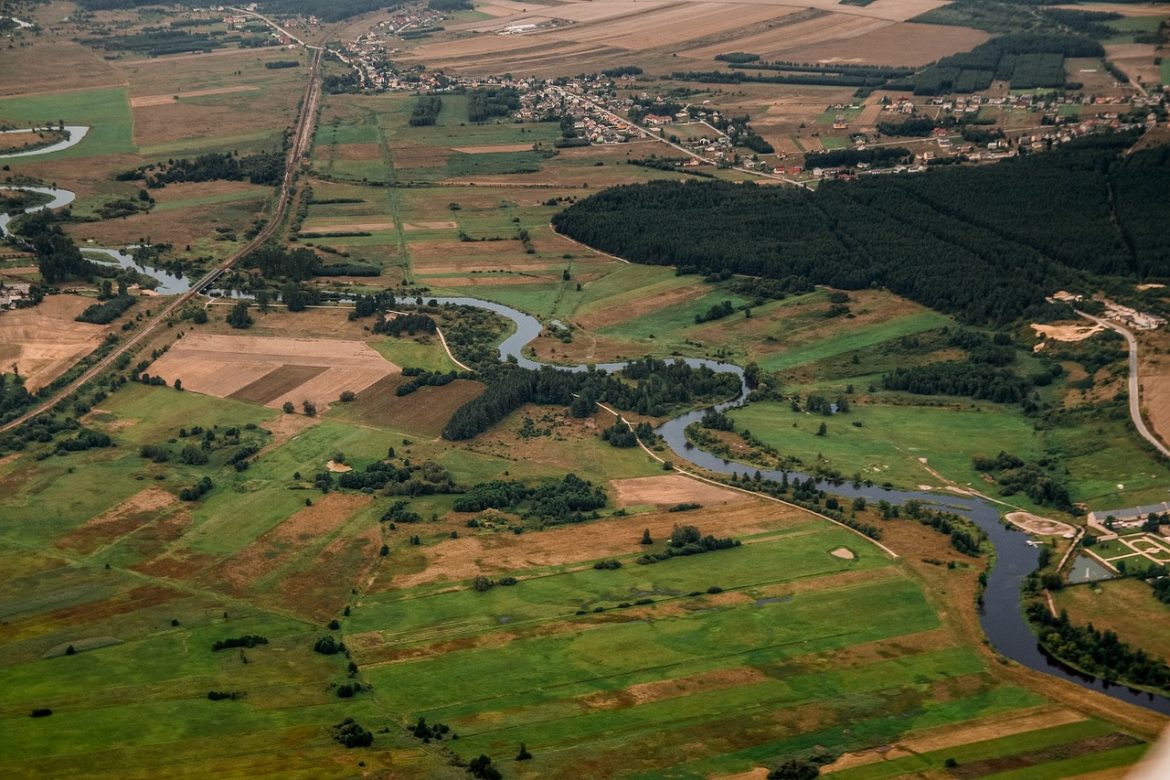Land
Book tells stories of climate and community in Wisconsin’s Driftless Area
|
By Clara Lincolnhol
Writer Tamara Dean left the city for a rural life in Wisconsin’s Driftless Area, a region known for dodging the glaciers that carved the landscape of the surrounding states and the Great Lakes 10,000 years ago.


